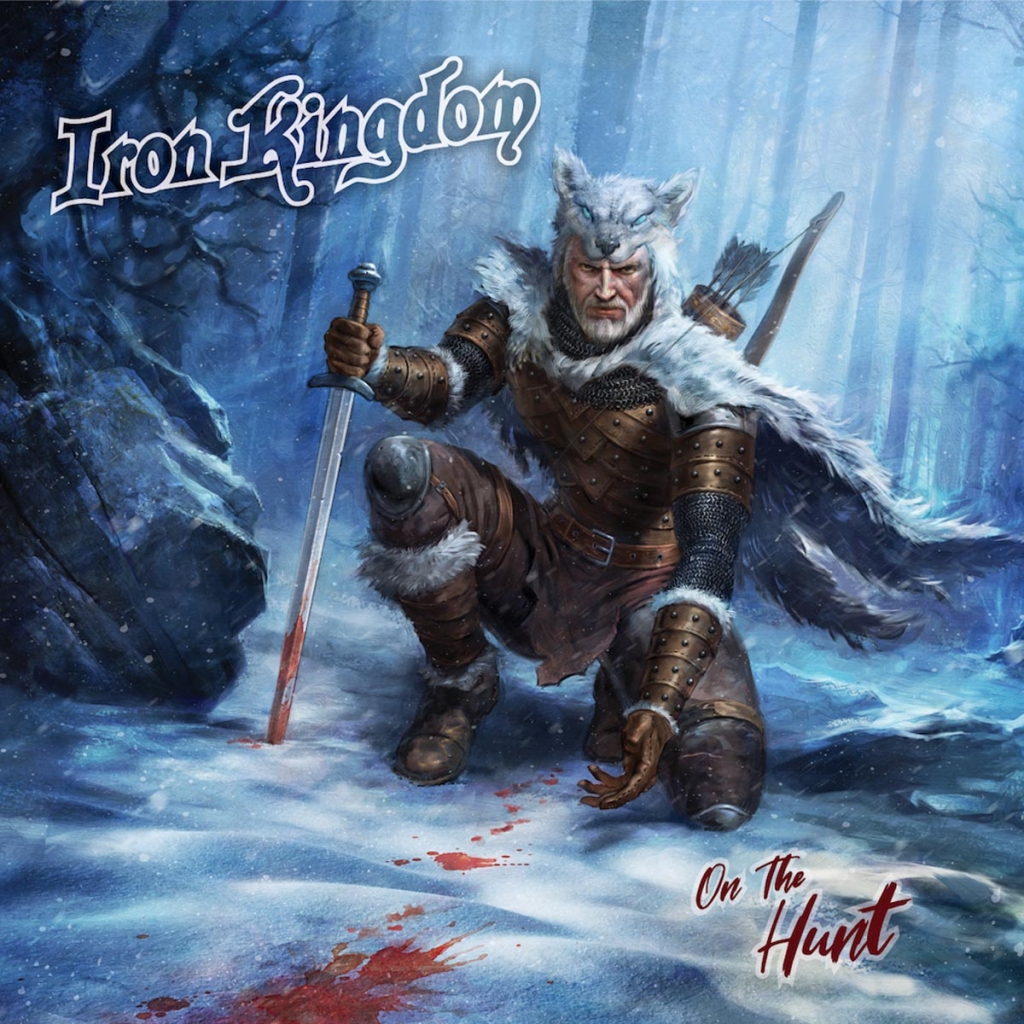

Villages were made up of pit houses built around a central fireplace, held up by pillars and housing five people. The largest village of the time covered 100 acres and was home to about 500 people. There is some evidence of early agriculture, but it didn’t appear on large scales until near the end of the Jomon Period.Ĭonfined to an island significantly smaller than the area the Jomon’s ancestors were accustomed to wandering, the once-nomadic settlers of the island of Japan gradually formed more permanent settlements. Having lost the ability to migrate, the herd animals that once constituted the Jomon’s diet died out, and the Jomon began to fish, hunt, and gather.

The Jomon followed their food – migrating herd animals – across these land bridges and found themselves stranded on the Japanese archipelago once the ice melted. The Jomon people came from continental Asia to the area now known as the island of Japan before it was actually an island.īefore the end of the most recent Ice Age, enormous glaciers connected Japan to the Asian continent. The first period of Japan’s history is its prehistory, before the written history of Japan.It involves a group of ancient people known as the Jomon. Jomon Period: ~10,000 BCE- 300 CE Settlements and Subsistence From the Jomon Period thousands of years ago to the current Reiwa Era, the island nation of Japan has grown into an influential global power. The long and tumultuous history of Japan, believed to have begun as far back as the prehistoric era, can be divided into distinct periods and eras.


 0 kommentar(er)
0 kommentar(er)
